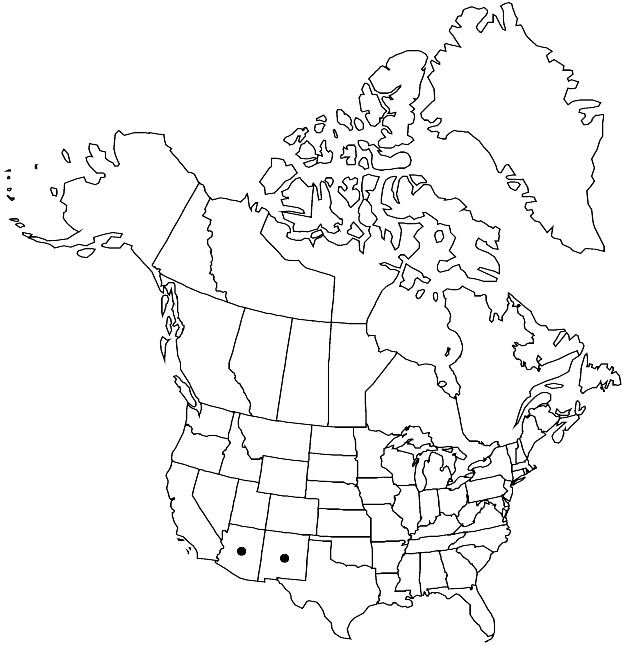Bartramia brevifolia
Bryol. Univ. 2: 737. 1827.
Plants in dense tufts, glaucous or brownish green. Stems 0.5–3 cm. Leaves erect to erect-spreading and somewhat flexuose when dry, spreading when moist, narrowly lanceolate, 2–5 mm; base sheathing, shoulders well developed, firm, not eroded; margins strongly revolute, serrulate distally, teeth paired; apex subulate, usually intact; costa excurrent, prominent in distal limb, distal abaxial surface rough; basal laminal cell walls thick toward costa, thin toward margins; distal cells 8–25 × 4–8 µm, prorulae high. Sexual condition synoicous or dioicous. Seta 0.6–1.6 cm, straight to slightly arcuate. Capsule inclined, globose to ovoid, asymmetric, 1.5–2.5 mm; operculum short-convex; peristome single or double; exostome teeth 200–350 µm, finely papillose proximally, vertically striate distally; endostome absent or, if present, basal membrane rudimentary, segments sometimes present, less than 1/3 length of teeth, finely papillose, cilia absent. Spores 25–35(–40) µm.
Phenology: Capsules mature Nov.
Habitat: Rock crevices, canyon ledges
Elevation: high elevations (1800-4000 m)
Distribution

Ariz., N.Mex., Mexico, West Indies (Dominican Republic), Central America (Costa Rica, Guatemala), South America (Bolivia, Colombia, Ecuador, Peru, Venezuela).
Discussion
Bartramia brevifolia is recognized by its differentiated leaf base with thick-walled cells toward the costa and thin-walled cells toward the margins. Material collected in Arizona by Bartram and identified as either B. glauca Lorentz or B. microstoma Mitten is B. brevifolia. The type of B. microstoma is not included with the Mitten herbarium at NY, but several collections of this species from Latin America have been annotated by S. Fransén as B. brevifolia. Fransén (1995) reduced B. glauca to synonymy under B. potosica.
Selected References
None.